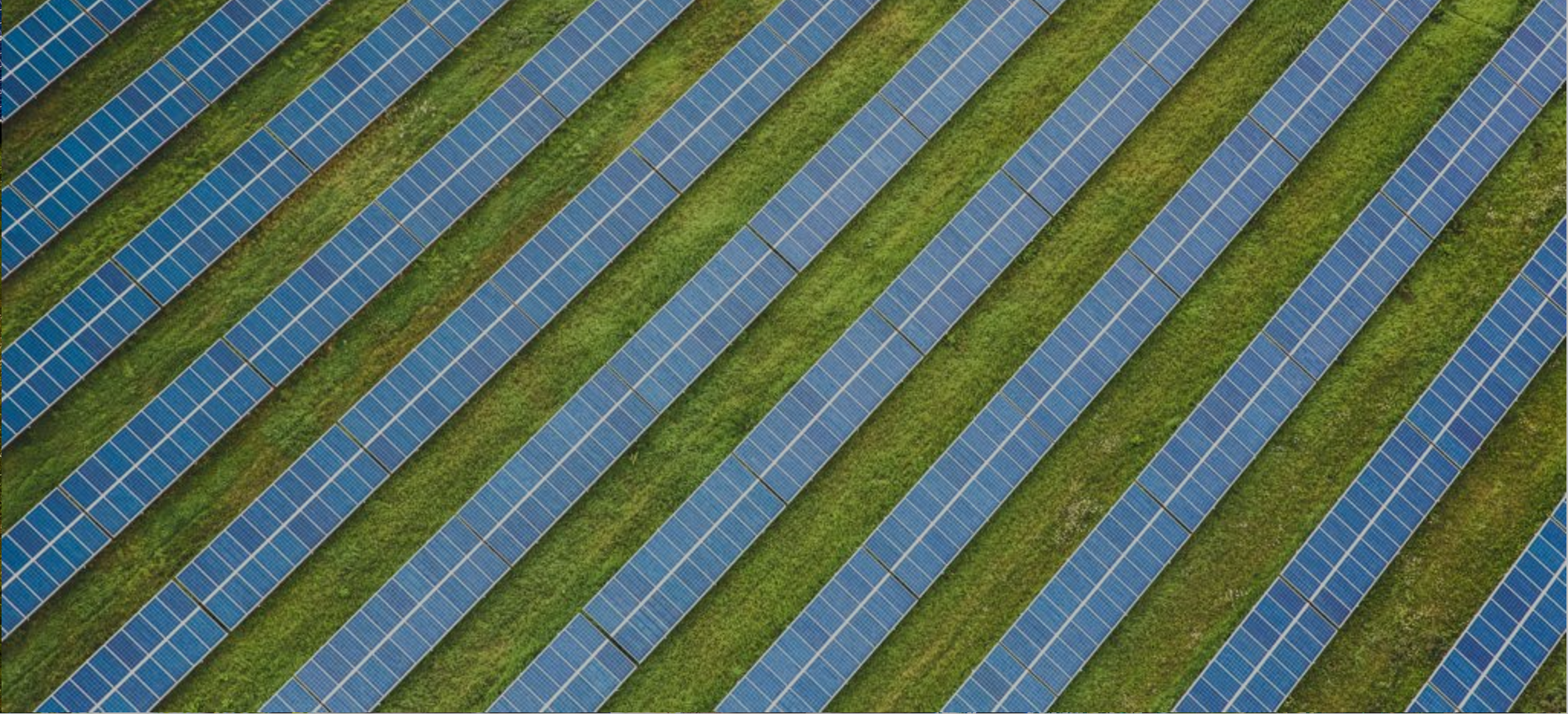Mikko Kantero
Executive Vice President, Growth & Development

Is the renewable energy transition on hold? Has the direction of energy markets and policy changed? Reading the headlines, one might easily think so. However, the answer is a clear no when looking at the facts and seeing through political rhetoric and noise.
Trump is shouting “drill baby drill” and rolling back the Biden administration’s support packages for renewable energy. In Germany, there is nostalgia for cheap natural gas as the engine of industry and economic growth. In Finland, discussions are emerging about state-supported nuclear power and subsidies for combustion engines.
Is the transition to renewable energy on hold? Has the direction of energy markets and policy changed? Reading the headlines, one might easily think so. However, the answer is a clear no when looking at the facts and seeing through political rhetoric and noise.
According to statistics from the International Energy Agency (IEA), more money was invested in solar energy in 2023 and 2024 than in all other energy sources combined. In 2022, the situation was still the opposite. This happened despite an unfavorable interest rate environment for investments during those years. In 2024, global investments in solar energy surpassed the $500 billion mark for the first time. Cumulatively, over the past four years, more than $1600 billion has been invested in solar energy. The majority of these investments and growth come from the United States, Europe, and China.
Bloomberg recently released its own review of 2024 outcomes and 2025 prospects under the headline “Clean Energy”. The year 2024 was a record year for investments in the sector, totaling over $2000 billion. Of this, more than $800 billion was directly allocated to clean energy production investments. In 2024, there were 28% more mergers and acquisitions (M&A) related to climate technology than in 2022, although there was a 7% decline compared to the record-breaking year of 2023. Last year, nearly $18 billion in new equity financing was raised in the United States, while Europe saw $5.6 billion.
A massive amount of capital has flowed—and continues to flow—into the energy transition. This is because these investments are profitable even without government subsidies or political intervention. The industry is no longer just a promise of the future; it is yesterday’s reality and fully today’s business. It cannot be reversed, and the sheer scale of investments ensures its continued momentum in the coming years. At the same time, the sector is evolving, with investments increasingly directed not only at production but also at bottlenecks like grid capacity and energy storage. This is a normal function of the market.
So, has the energy transition been canceled? No, it has not. The energy transition is stronger than ever. Market forces continue to lead the way—so chill baby chill.
References:
IEA: World Energy Investment 2024 – Overview and key findings
BloombergNEF: Energy Transition Investment Trends